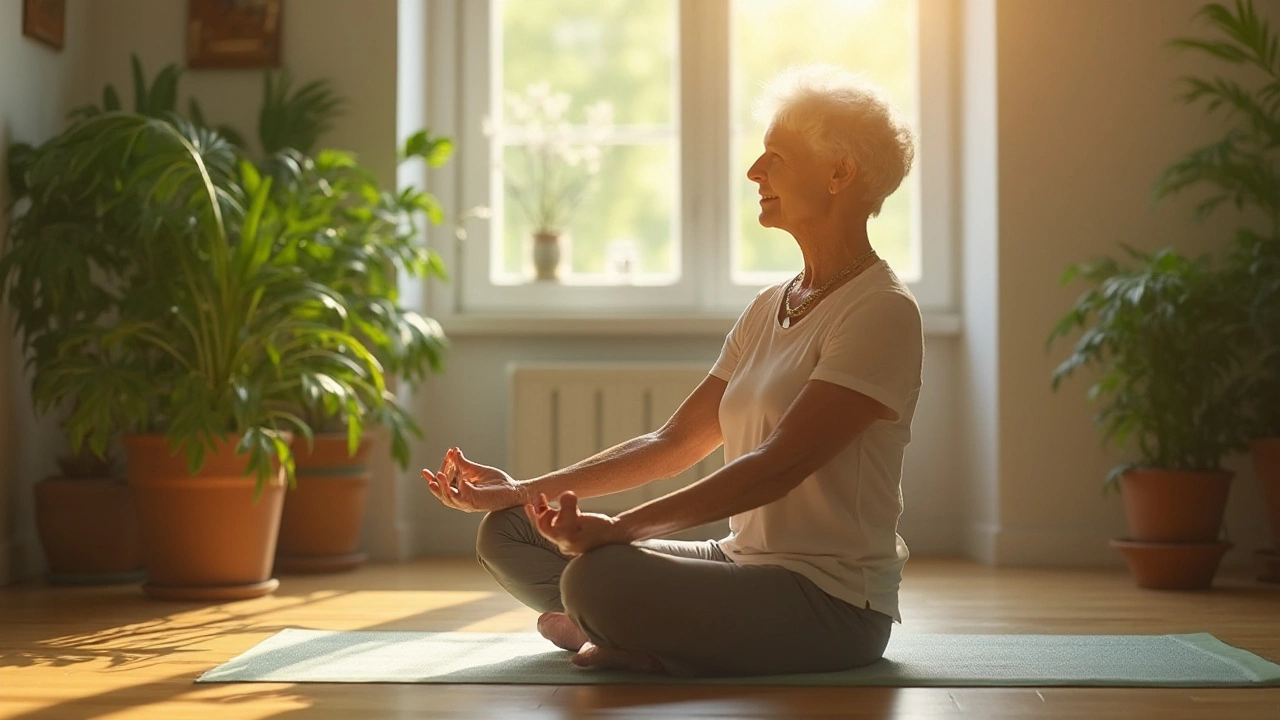Joint Pain Relief: Easy Tips to Reduce Stiffness and Discomfort
If you’re tired of that nagging ache in your knees, hips, or fingers, you’re not alone. Most people feel some joint pain at some point, and the good news is you can do a lot on your own to feel better. Below are practical steps you can start today, no fancy equipment required.
Everyday Stretches That Work
Gentle stretching is the fastest way to loosen tight joints. Try these three moves three times a day:
- Quad stretch. Stand on one leg, pull the opposite foot toward your butt, and hold for 20 seconds. Switch sides.
- Heel‑to‑butt sit. Sit on a chair, lift one heel off the floor, and slide it toward the seat. Hold 15 seconds, then lower.
- Finger bend. Extend a hand, curl each finger into a gentle fist, then straighten. Do 10 reps per hand.
These motions increase blood flow and keep the joint capsule from tightening up. If you feel a sharp pain, stop and try a milder version.
Smart Choices for Medication and Supplements
Over‑the‑counter painkillers like ibuprofen or naproxen help reduce inflammation, but they’re not a daily habit for everyone. Use them only when the pain spikes, and always follow the label dosage.
For a more natural approach, consider these supplements, but check with your doctor first:
- Glucosamine – may support cartilage health.
- Turmeric (curcumin) – has an anti‑inflammatory effect.
- Omega‑3 fish oil – can calm joint swelling.
Remember, supplements aren’t a cure; they just add a little extra support.
When you notice swelling, icing the joint for 15 minutes a few times a day can shrink the area and lower pain. Warm showers or a warm compress work well for stiffness that appears after you’ve been still for a while.
Weight matters, too. Extra pounds push more pressure onto knees and hips. Even a modest loss of 5‑10% of body weight can make a big difference in how your joints feel.
Finally, know when to call a professional. If you experience:
- Sudden, severe pain that doesn’t ease with rest.
- Joint swelling that gets worse over a few days.
- Locking or inability to move the joint.
These signs could mean an injury or arthritis flare that needs a doctor’s eye.
Putting these tips together—regular gentle stretches, careful use of medication, smart supplements, weight control, and timely medical help—creates a solid plan for joint pain relief. Start small, be consistent, and you’ll notice the ache fade faster than you expect.
Got a favorite stretch or home remedy that helped you? Share it in the comments and help others find relief too.

